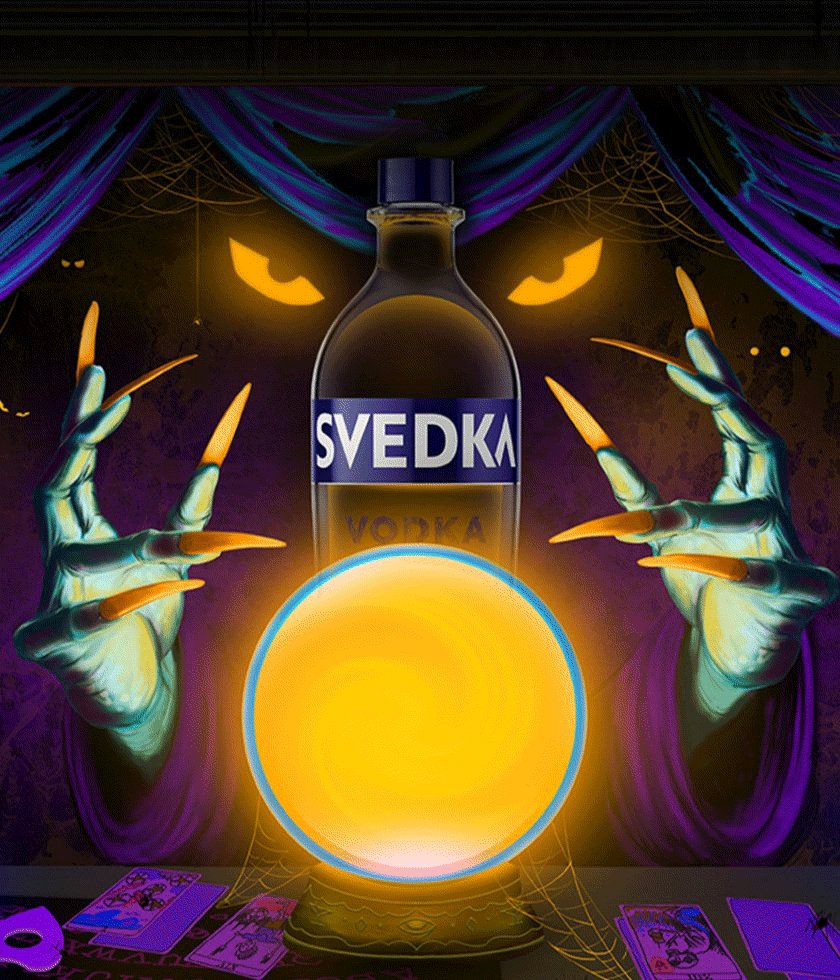Redefining an industry: Non-alcoholic beverage brands find their niche.
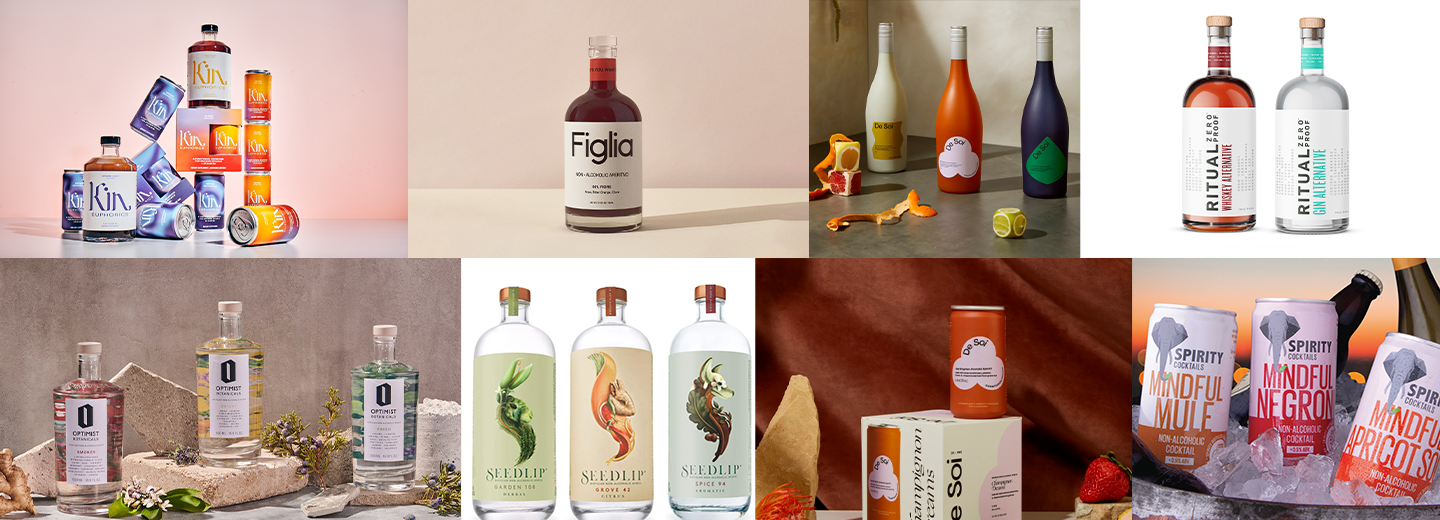
Boozy beverages have an impressive legacy when looking at the scope of human history—the earliest alcohol recorded was a type of wine originating from 7000-6600 BCE. Alcohol has withstood the test of time, bridging culture, geography, and human experience.
And here we are 9,000 years later, shaking things up with a big departure from a very well-established norm with adult beverages… sans alcohol.
To be clear, non-alcoholic (NA) beverages aren’t necessarily new. The trend has been on a steady rise since the eighties, with the US slow to jump on the bandwagon. In 2019, the CGA reported that the non-alcoholic spirits industry had a 418% growth in sales and that 58% of consumers are drinking more NA or low-alcoholic drinks than the previous year.
Despite the healthy living movement of the late 2010s spurring sales growth, and the buying power of consumer-conscious Gen Z and millennials, shaking up a centuries-old tradition isn’t without its challenges.
Brand loyalty is a proven weak point in the non-alcoholic spirits industry as, in the past, NA beverages have been viewed as a poor substitute for the “real thing”. Most low-alcohol or NA drinkers are in an exploratory phase of consumption and aren’t committed to a brand—let alone the industry category. Part of the challenge is convincing consumers that buying low-alcohol or NA beverages will still deliver a quality product, one that provides an experience worthy of a higher price tag than cheaper non-alcoholic beverage alternatives.
Let’s take a look at three NA beverage brands and how they’re setting out to disrupt the industry.
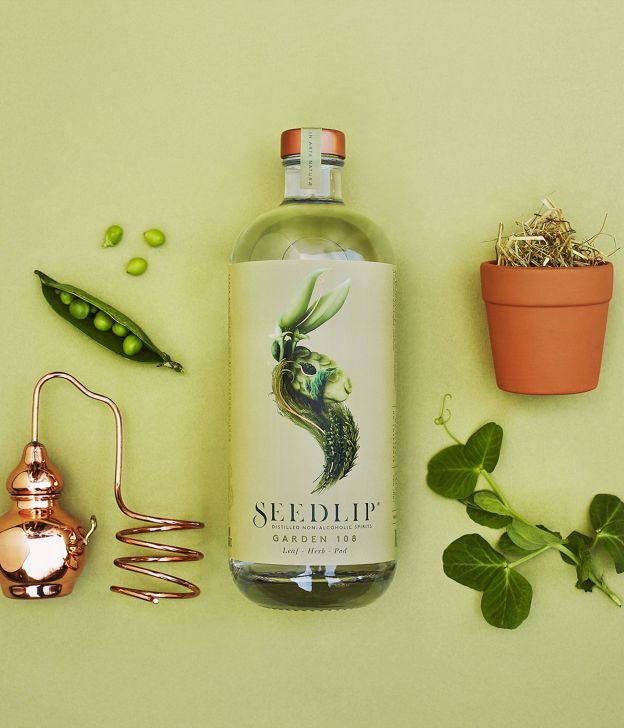
Leading a Revolution
Seedlip is more than just a non-alcoholic beverage brand. It is a true industry disruptor, cementing itself in just four years as a leader in changing how the world drinks with the first distilled non-alcoholic spirit. Their award-winning spirits—Garden, Grove, and Spice—are crafted from the finest ingredients to provide a sophisticated adult option for sober drinking. And they certainly have seen major critical and commercial success, being served in 8 out of the 10 best bars in the world, and over 300 Michelin-starred restaurants.
Seedlip’s mission extends beyond sober drinking to overlap with sustainability, which is reflected in their branding. Nature-inspired packaging speaks to the brand’s farm-to-table roots, along with a touch of elevated whimsy that invites curiosity, creativity, and sophistication. According to a NielsenIQ study, 73% of global consumers say they would change their consumption habits—and nearly half said they’re willing to pay more for it. This includes today’s most powerful consumer (Gen Z and millennials), who are highly motivated to engage with a purpose-driven brand like Seedlip.
From a name that continues a 300-year old farming legacy to the highest-quality non-alcoholic spirits on the market, Seedlip leads its niche with a brand that resonates with conscious consumers.
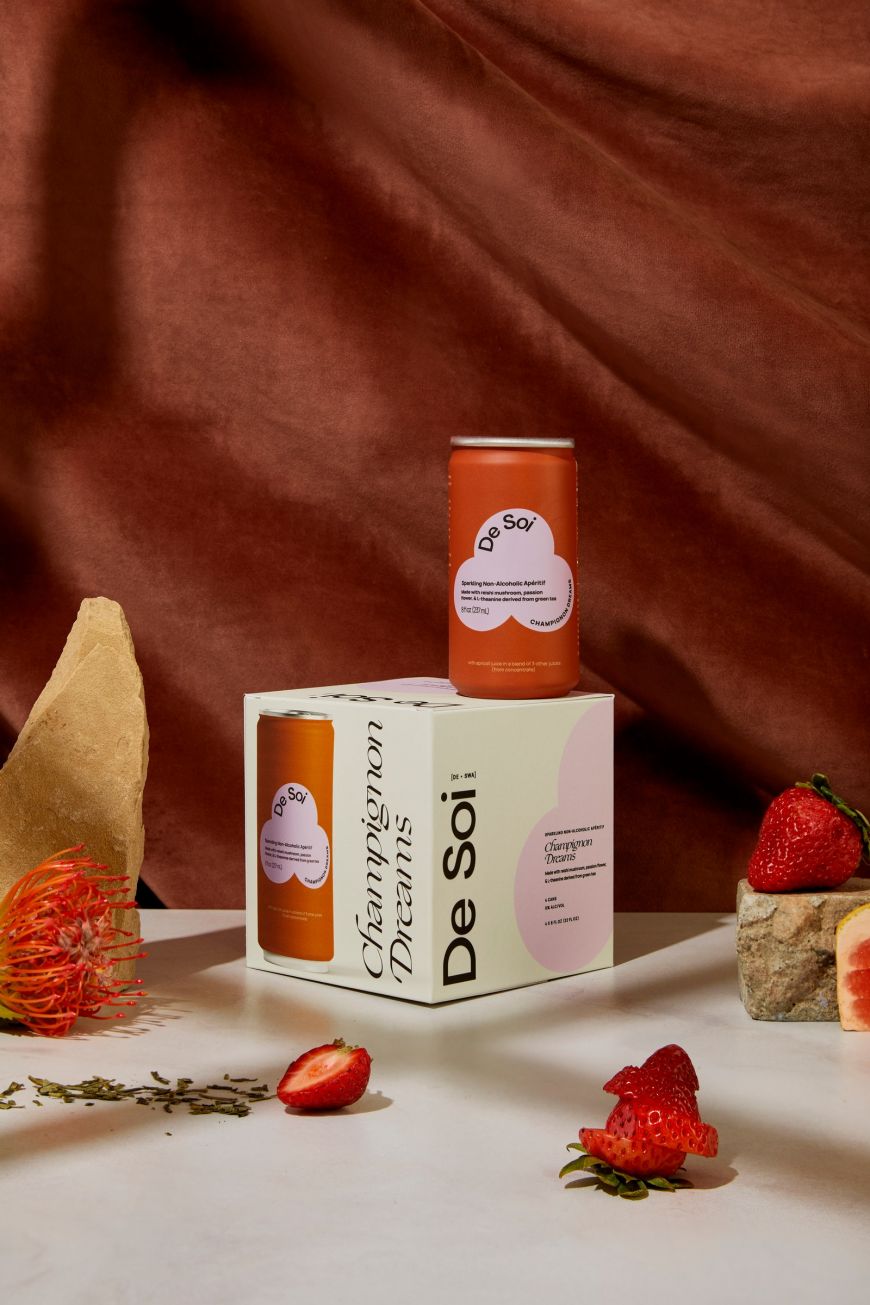
Strategic Opportunities in Health + Wellness
De Soi—a line of non-alcoholic aperitifs co-founded by Katy Perry and Morgan McLachlan—is driven by health and wellness. Using natural, unprocessed ingredients like mushrooms, roots, fruit juices, and herbs along with adaptogens, De Soi successfully provides a similar experience to drinking alcohol in flavor and mood.
With a sophisticated, modern brand aesthetic that uses natural elements and simple shapes to communicate botanical ingredients, the brand sets itself apart as an elevated sober drinking experience. Even the brand name itself derives from the French phrase maîtrise de soi, which translates to “self-control” (or even more loosely, “of the self”).
Marketing a NA beverage brand as a health and wellness brand might be the move as far as distribution because it’s one that alcoholic beverage competitors can’t follow. Non-alcoholic beverages are not limited by the same strict laws and regulations surrounding alcohol sales, and non-traditional retailers such as yoga studios and coffee shops could be key to an incredibly effective distribution strategy in an otherwise highly competitive market. Stores like Williams-Sonoma and Crate & Barrel already stock non-alcoholic products, pairing them with cocktail kits and bar wares.
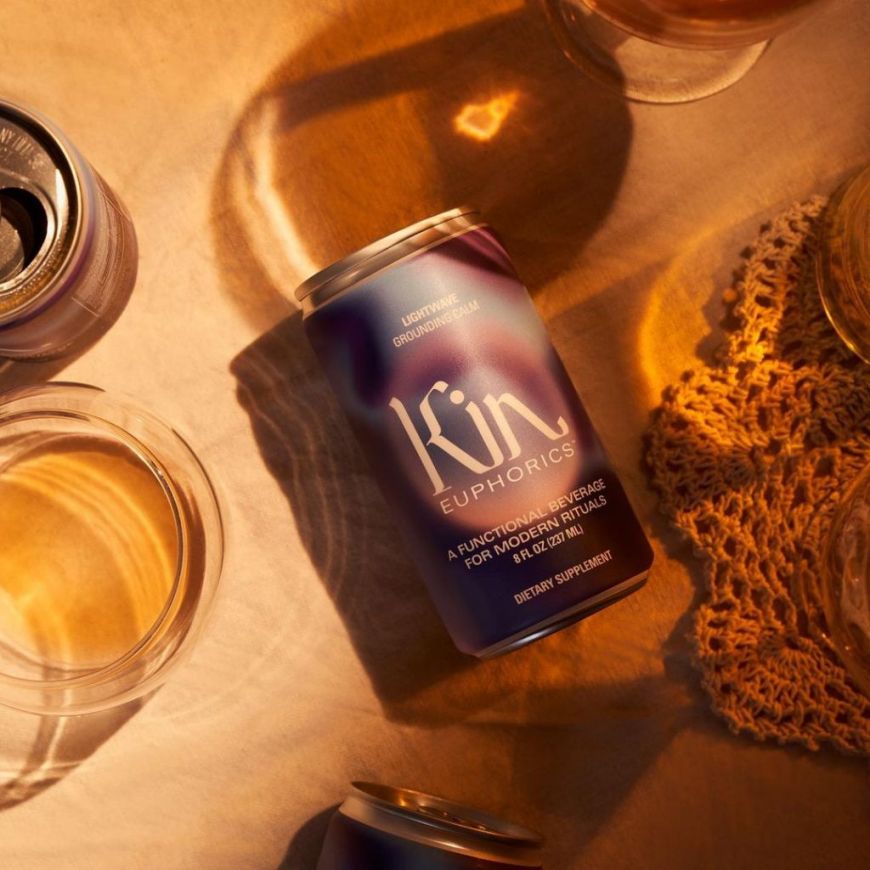
Redefining the Social Ritual
Co-founded by Bella Hadid and Jen Batchelor, Kin Euphorics seeks to shift the act of drinking from a social ritual to something more personal. Lavish imagery with psychedelic influences connect the brand’s visual identity with their mission—a defined personal drinking ritual to connect with yourself, your kin, and the universe.
Adaptogenic herbs, nootropics, and botanicals are at the core of the mocktail’s “functional beverage” properties—all designed to offer wellness benefits like balancing stress response and boosting brain power. Appealing to the individual rather than a social event brings marketing opportunities for the brand to expand beyond what’s traditionally available to its alcoholic counterparts.
“I didn’t want [the logo] to be something that was a ‘sans serif that really appealed to Millennials,’” Batchelor told Adweek, “I wanted it to be something that could live on beyond this one-shot trend of the zeitgeist.”
Key Takeaways
Without a doubt, there is a massive opportunity for NA beverage brands to make themselves a defining brand in their category. The IWSR values the no- and low-alcohol category at almost $10 billion across key global markets, and forecasts that no- and low-alcohol volumes will grow by more than 8% CAGR between 2021 and 2025.
So what have we learned from Seedlip, De Soi, and Kin Euphorics?
- Market NA beverages not as a substitute for alcohol, but as an upgrade.
- Look outside traditional venues for marketing and distribution opportunities.
- Connect with the right consumer, and for NA beverage brands, they are Gen Z and millennials.

